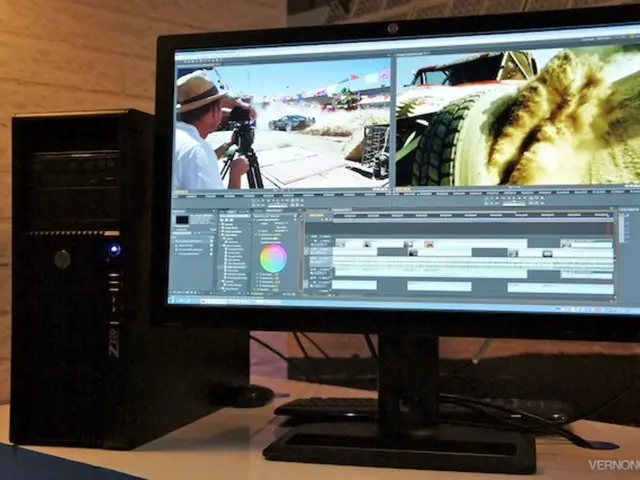Cities Face Disruption: From Newspapers to Taxis, Who's Next?
The municipal sector, long resistant to change, now faces challenges from disruptive forces. While some cities explore innovative decision-making models, others remain cautious. Meanwhile, industries like newspapers and taxis have been transformed by digital disruptors.
Disruption, a constant in economies, has brought significant shifts. Craigslist's advent led to the decline of newspaper classifieds, paving the way for online news. Similarly, Uber's entry reshaped traditional taxi services. Yet, public education remains largely untouched due to teacher unions' influence and the need for in-person interactions.
Cities grapple with disruption in unique ways. Some, like Burlington, choose models like IAP2 for decision-making, eschewing outside help. Others experiment with Reference Panels and Citizens' Assemblies, with varying degrees of success. However, no city in Ontario, Canada, has used these methods to drive urban sector disruption, according to available information.
Disruption, while causing instability and unemployment in some sectors, also brings innovation and progress. As cities navigate these changes, they must find ways to adapt and harness disruption for positive growth. The future of municipal sectors depends on their ability to embrace and manage these shifts.
Read also:
- EPA Administrator Zeldin travels to Iowa, reveals fresh EPA DEF guidelines, attends State Fair, commemorates One Big Beautiful Bill
- Leaders at HIT Forum 2025: Middle Powers Key to Asia's Security
- Businesses Battle Advanced Digital Fraud Tactics
- JPMorgan Chase Announces Plans for a Digital Bank Launch in Germany's Retail Sector







